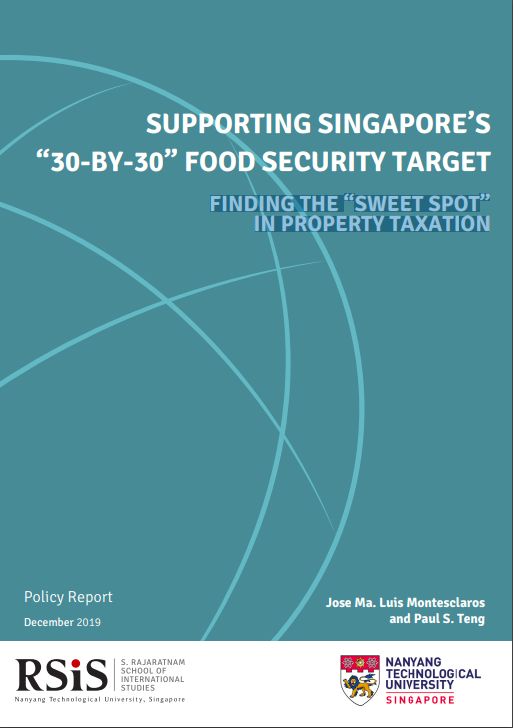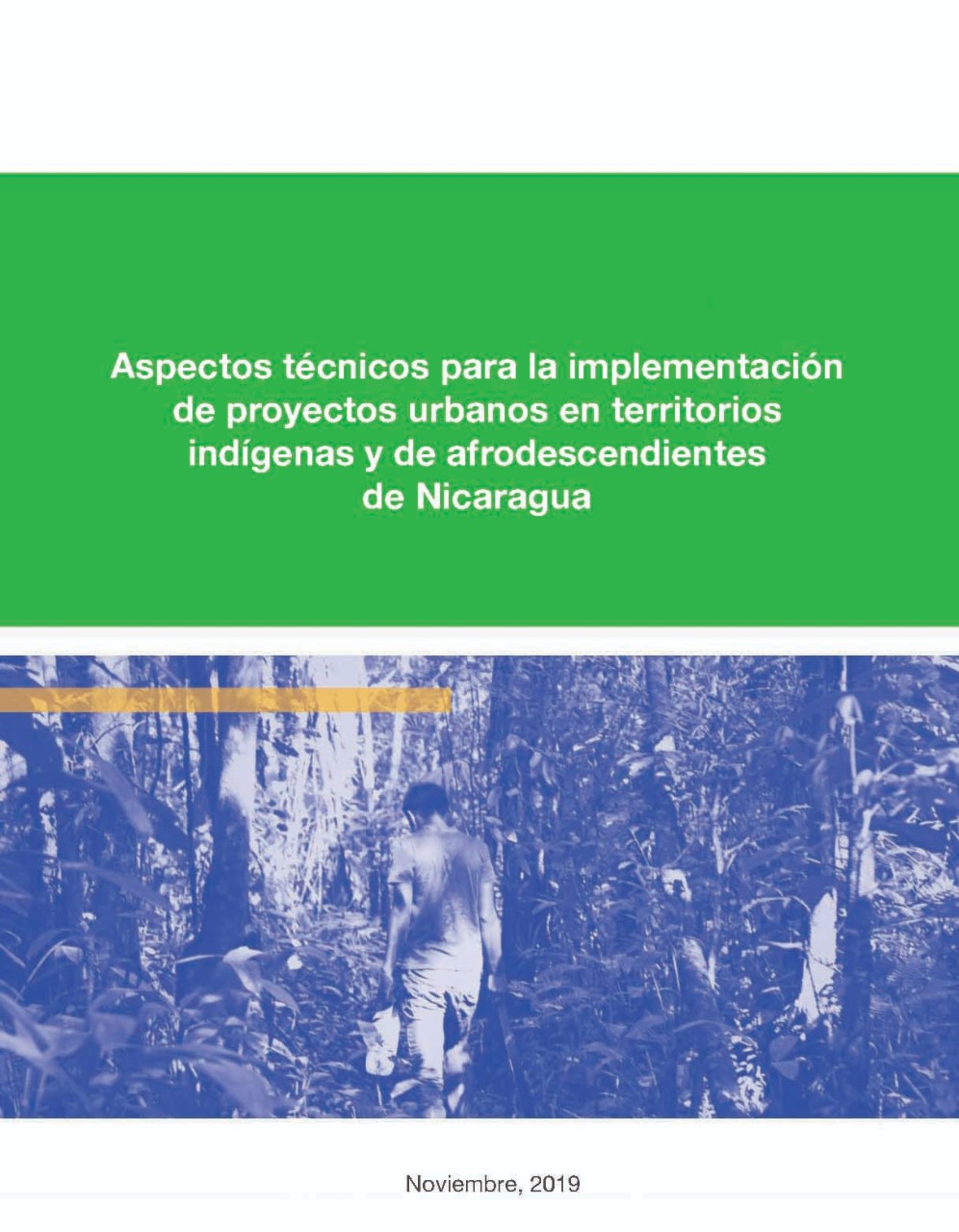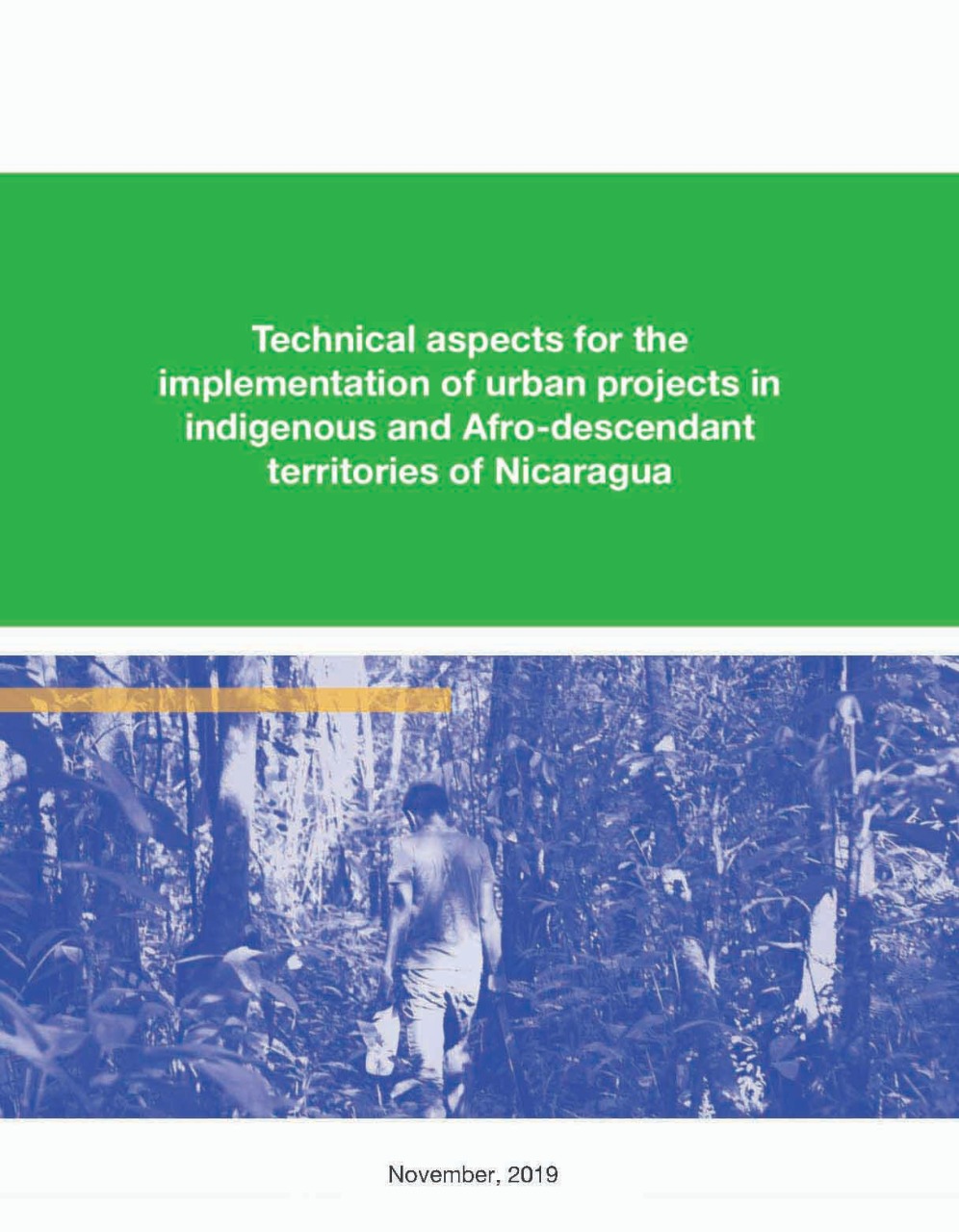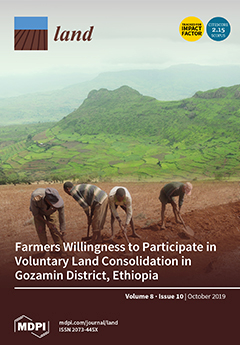The Livestock Sub-sector in Kenya’s NDC: A scoping of gaps and priorities
Under the Paris Agreement, countries should update their Nationally Determined Contribution (NDC) every five years, with progressive ambition in each new submission. Kenya plans to review and revise its NDC in June 2020. The State Department for Livestock has undertaken a stock-taking exercise with support from UNIQUE forestry and land use, CCAFS and GRA. This report summarizes the main findings and recommendations for the livestock sub-sector contribution to enhanced climate change ambition.










